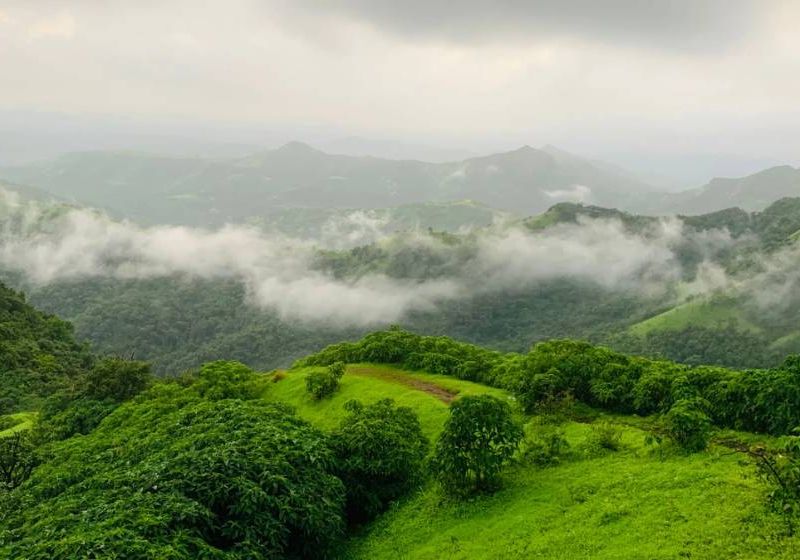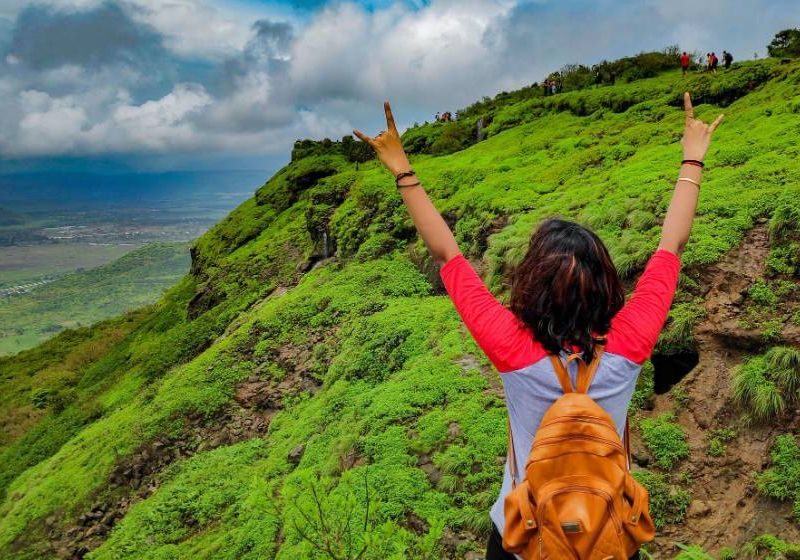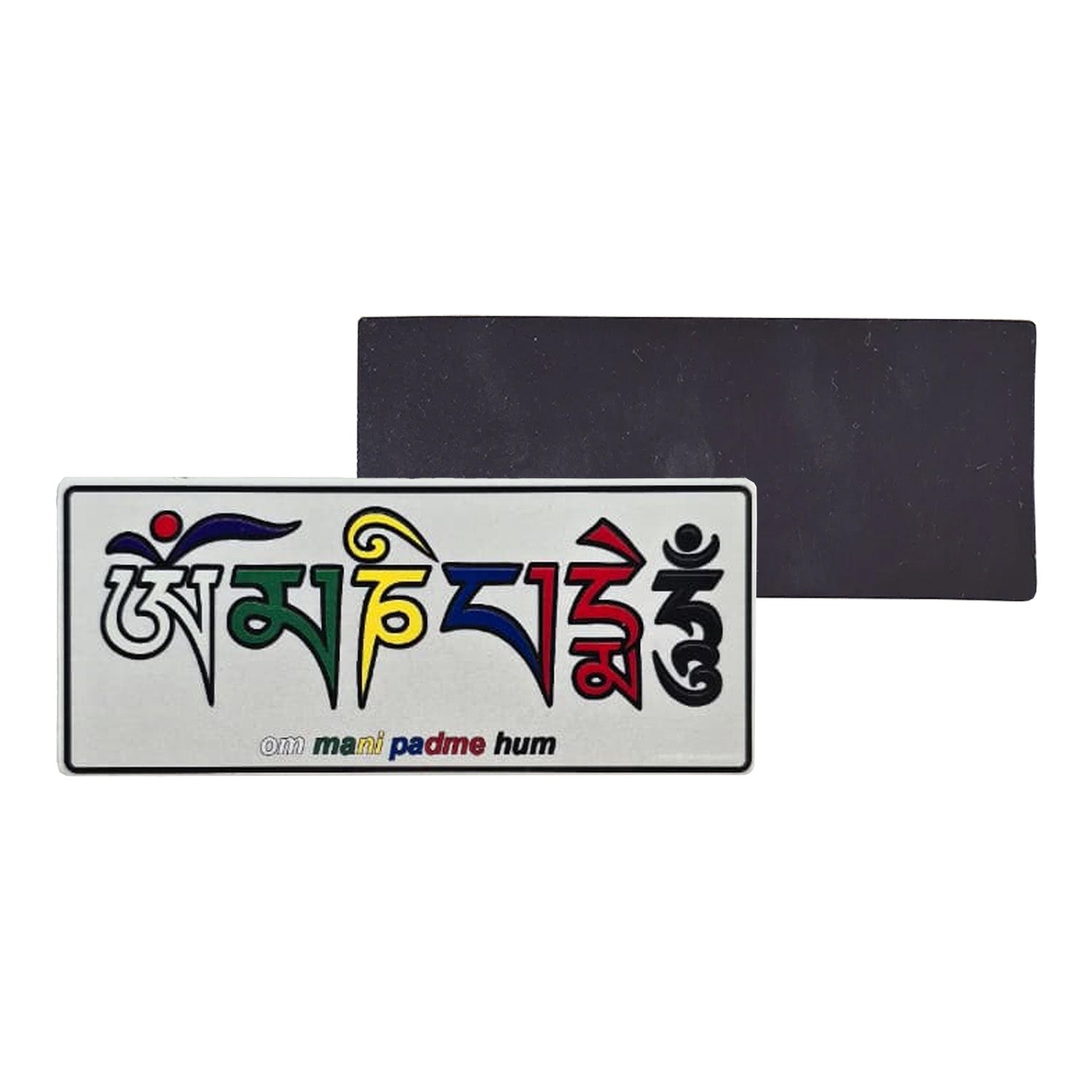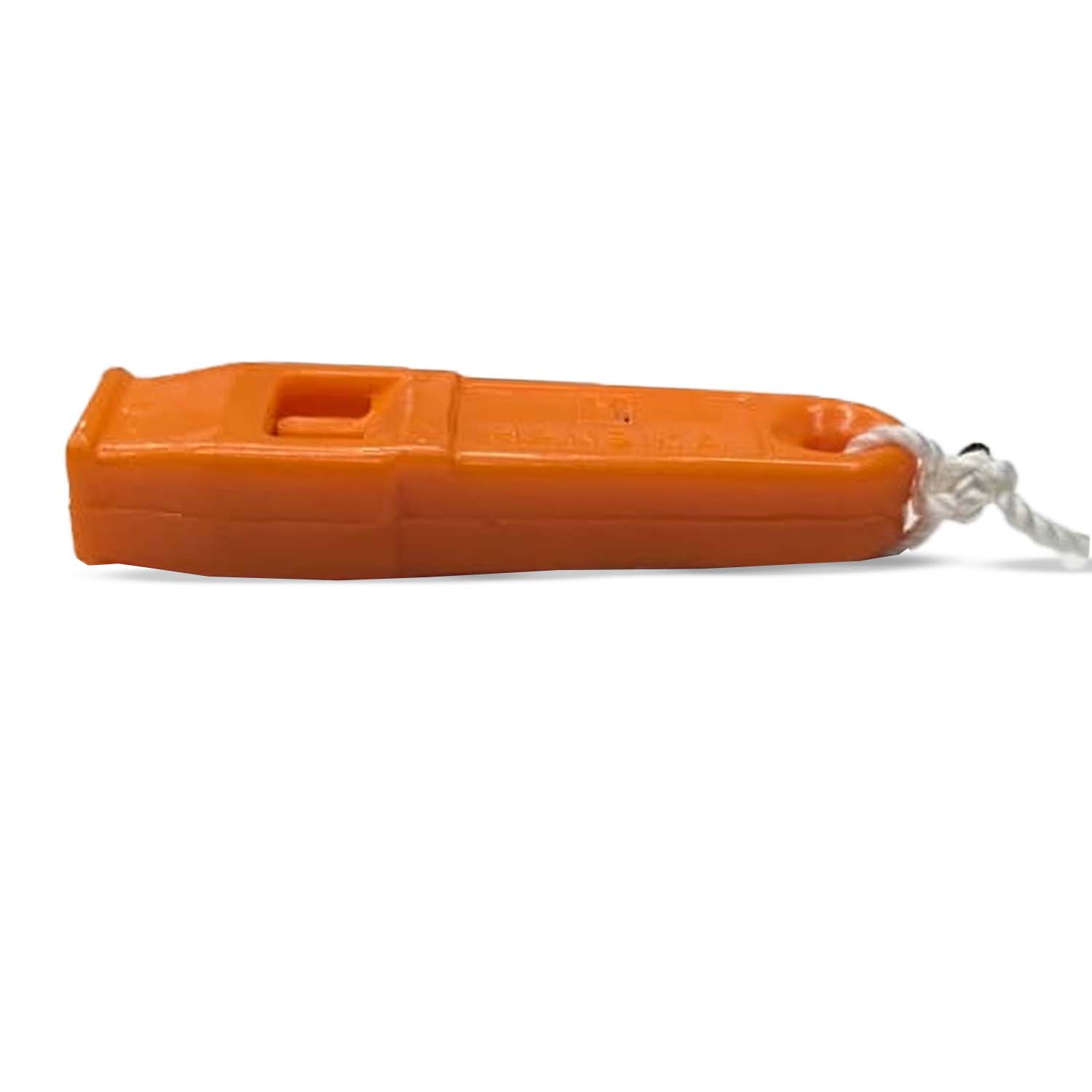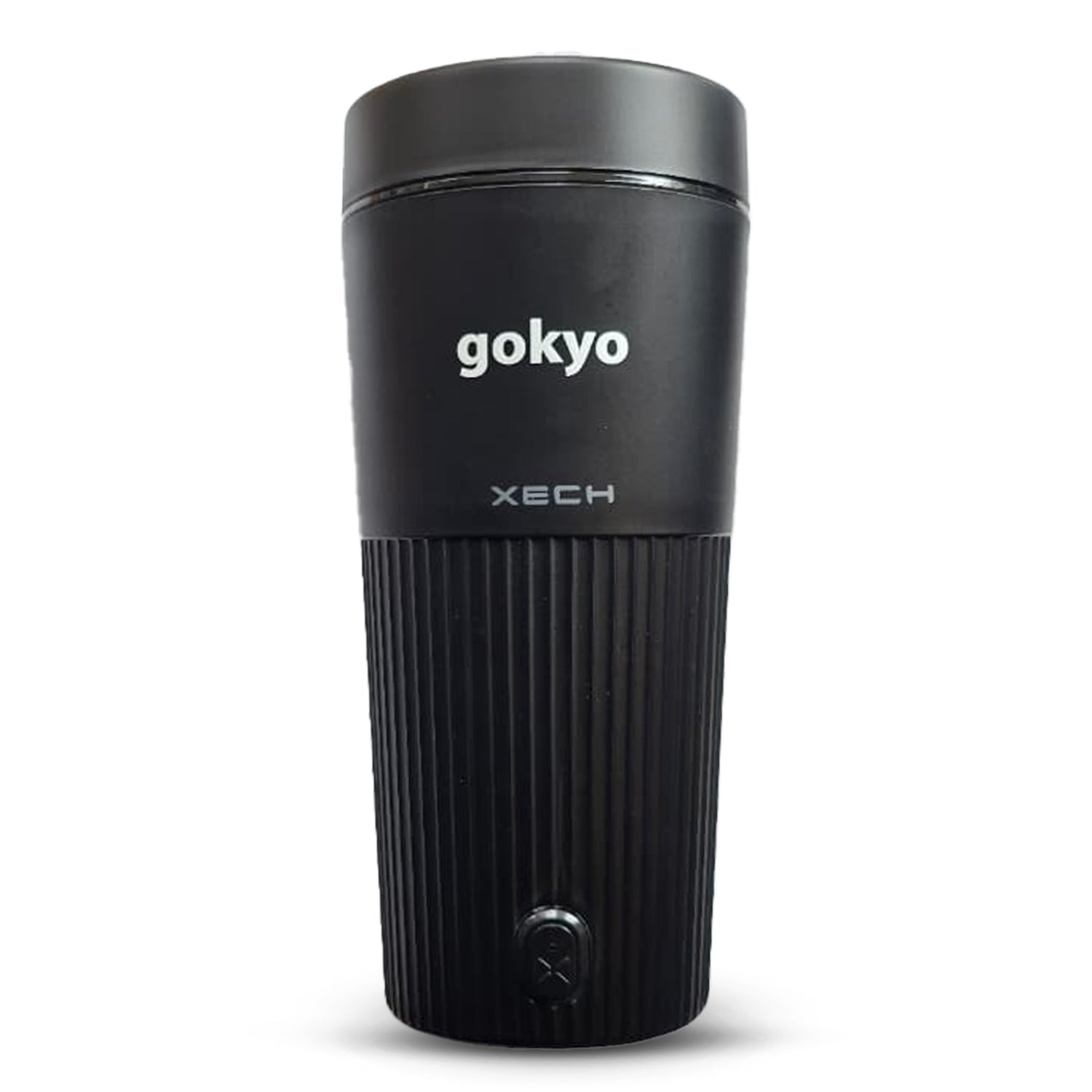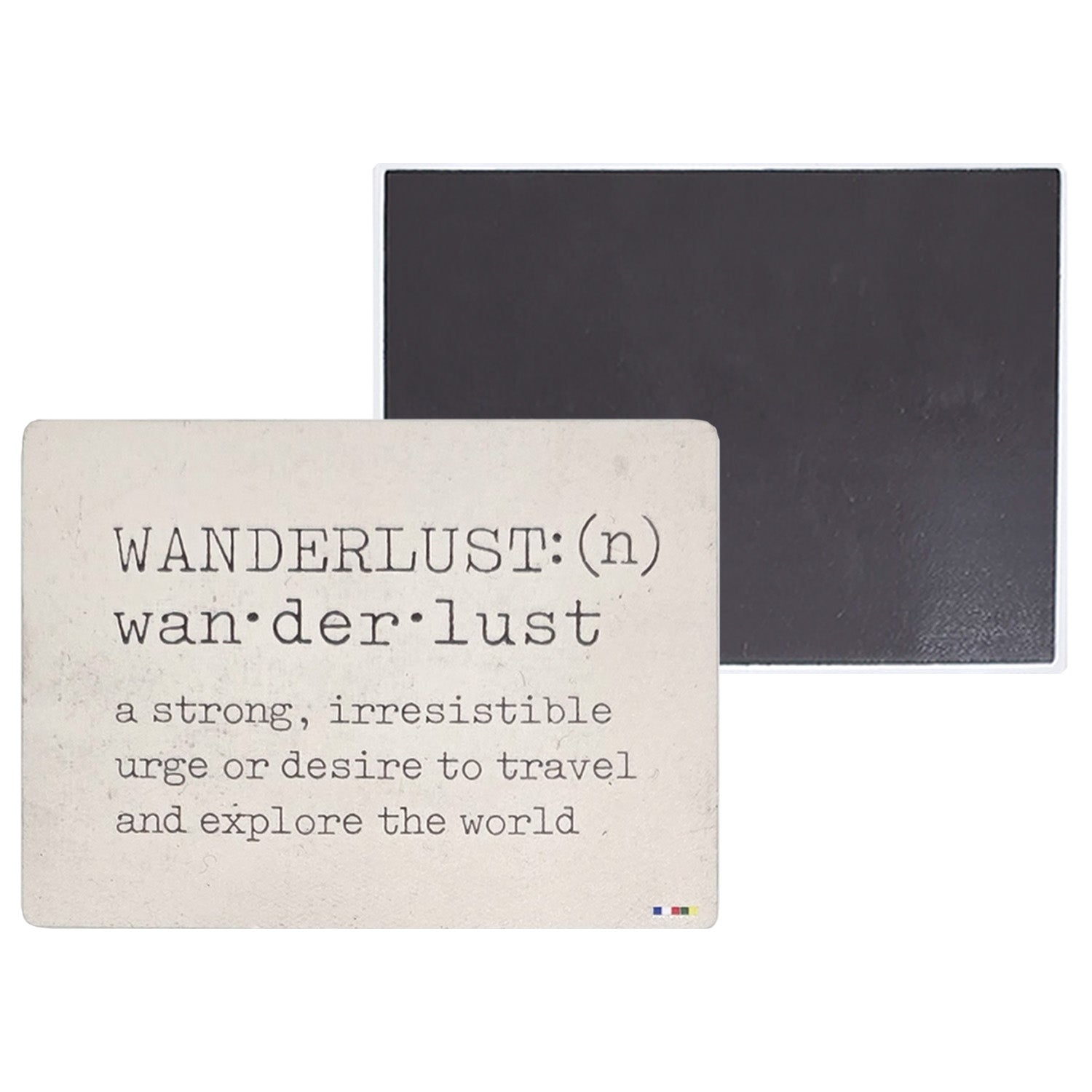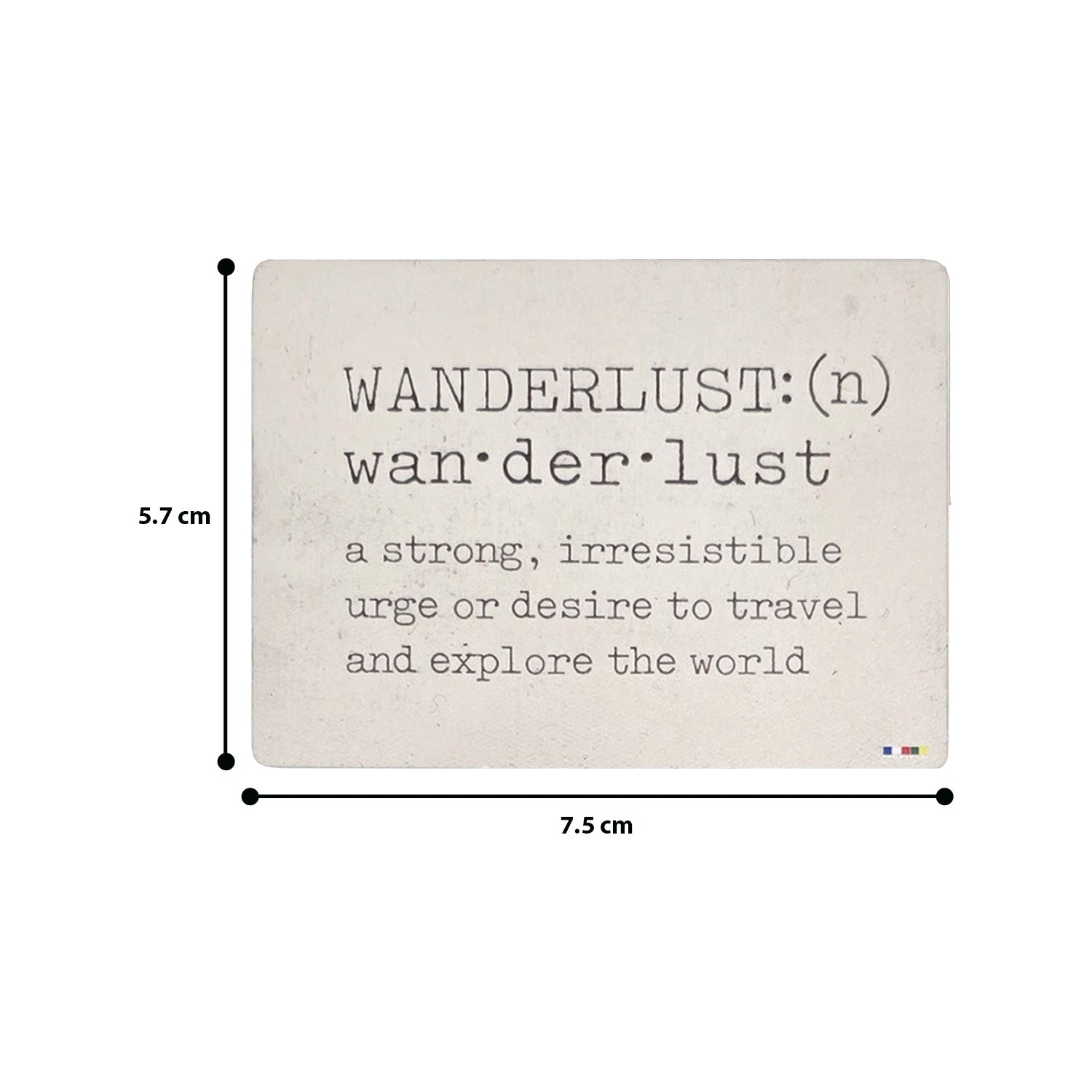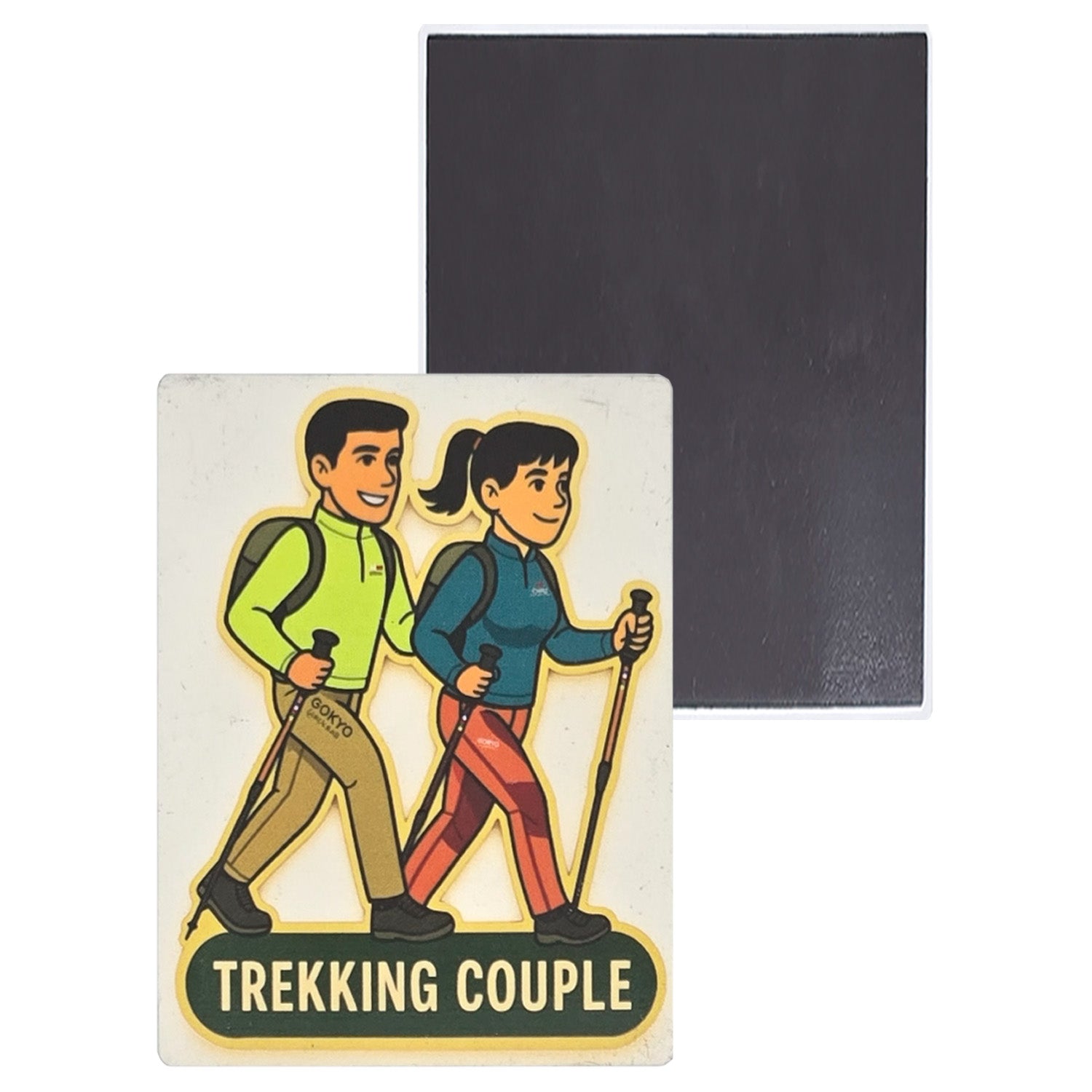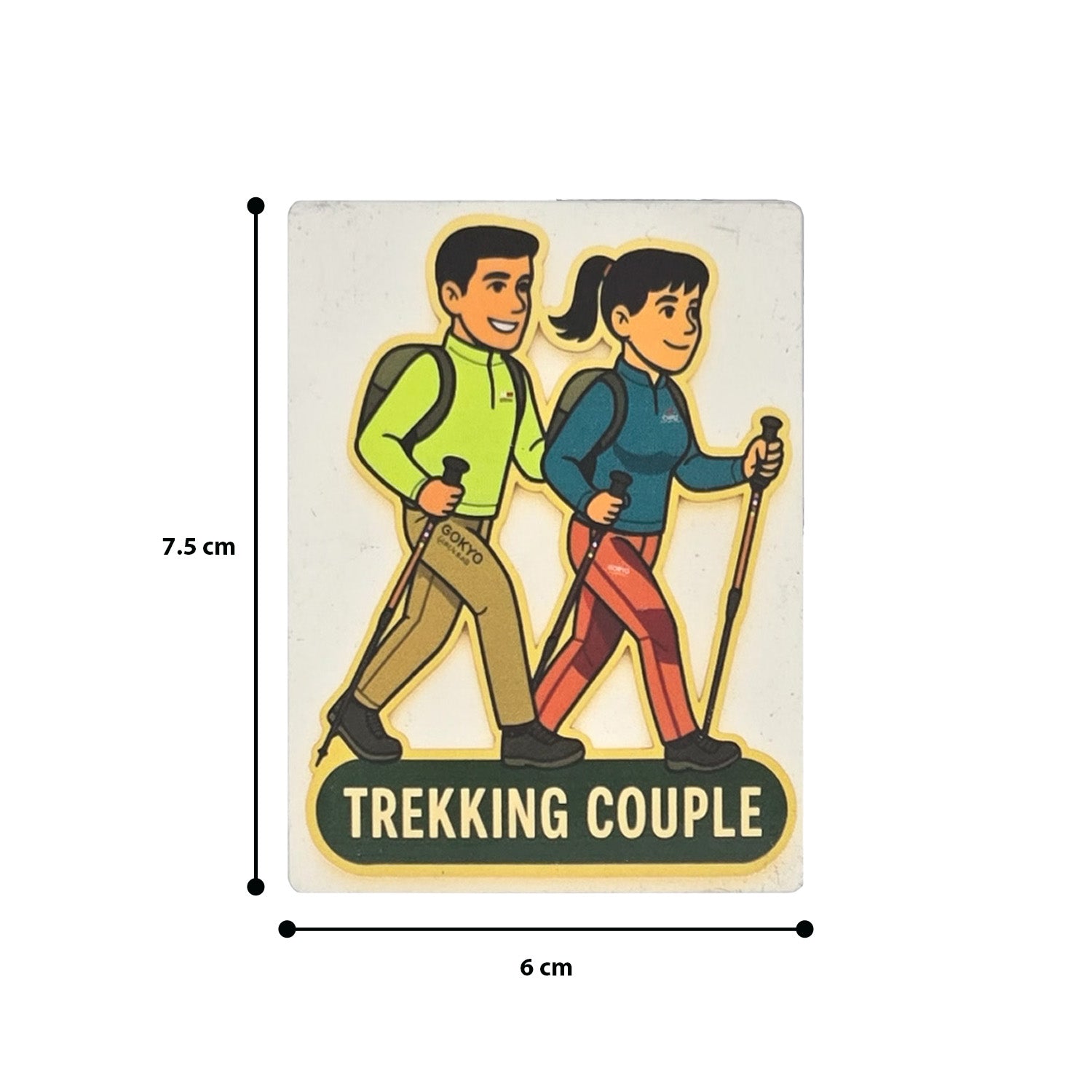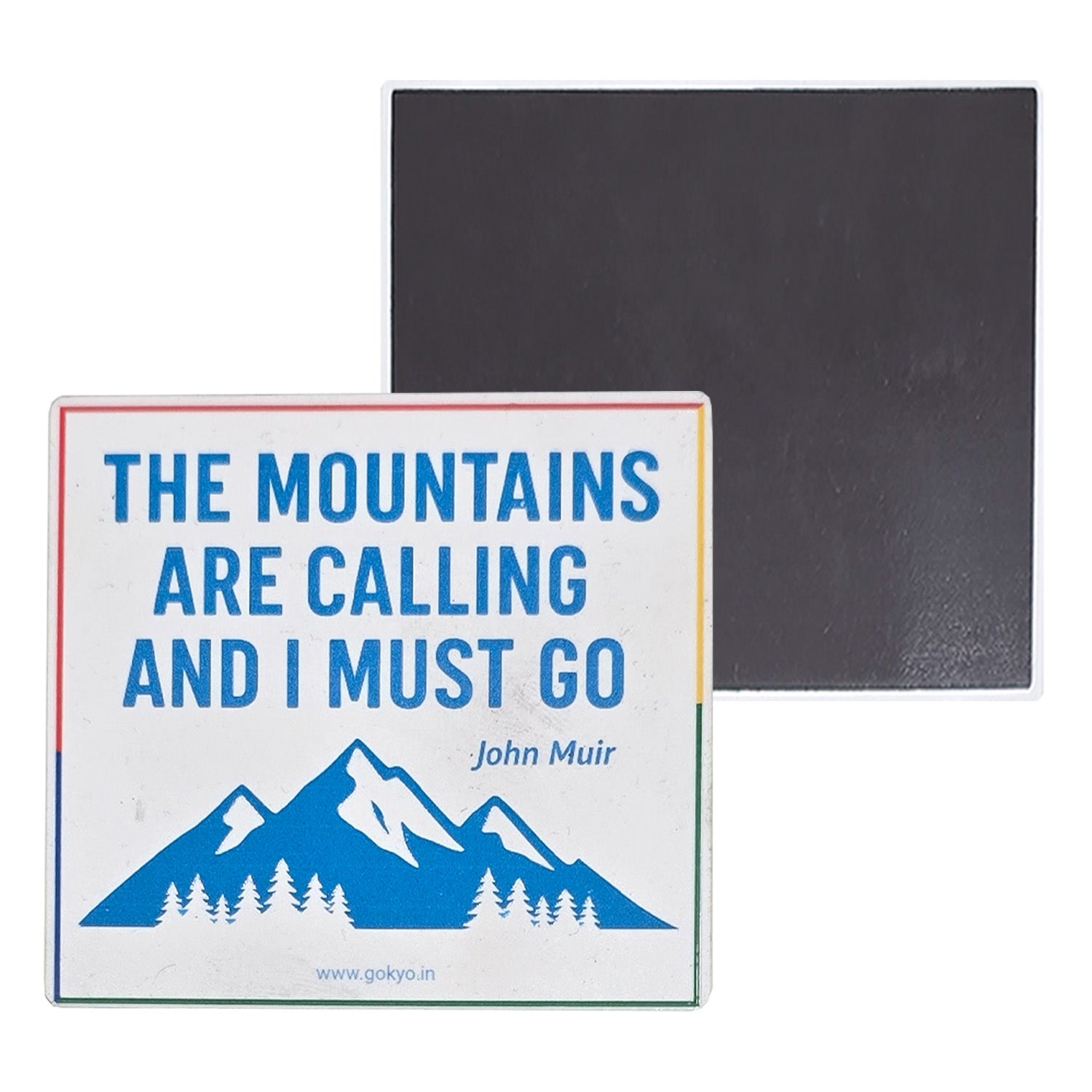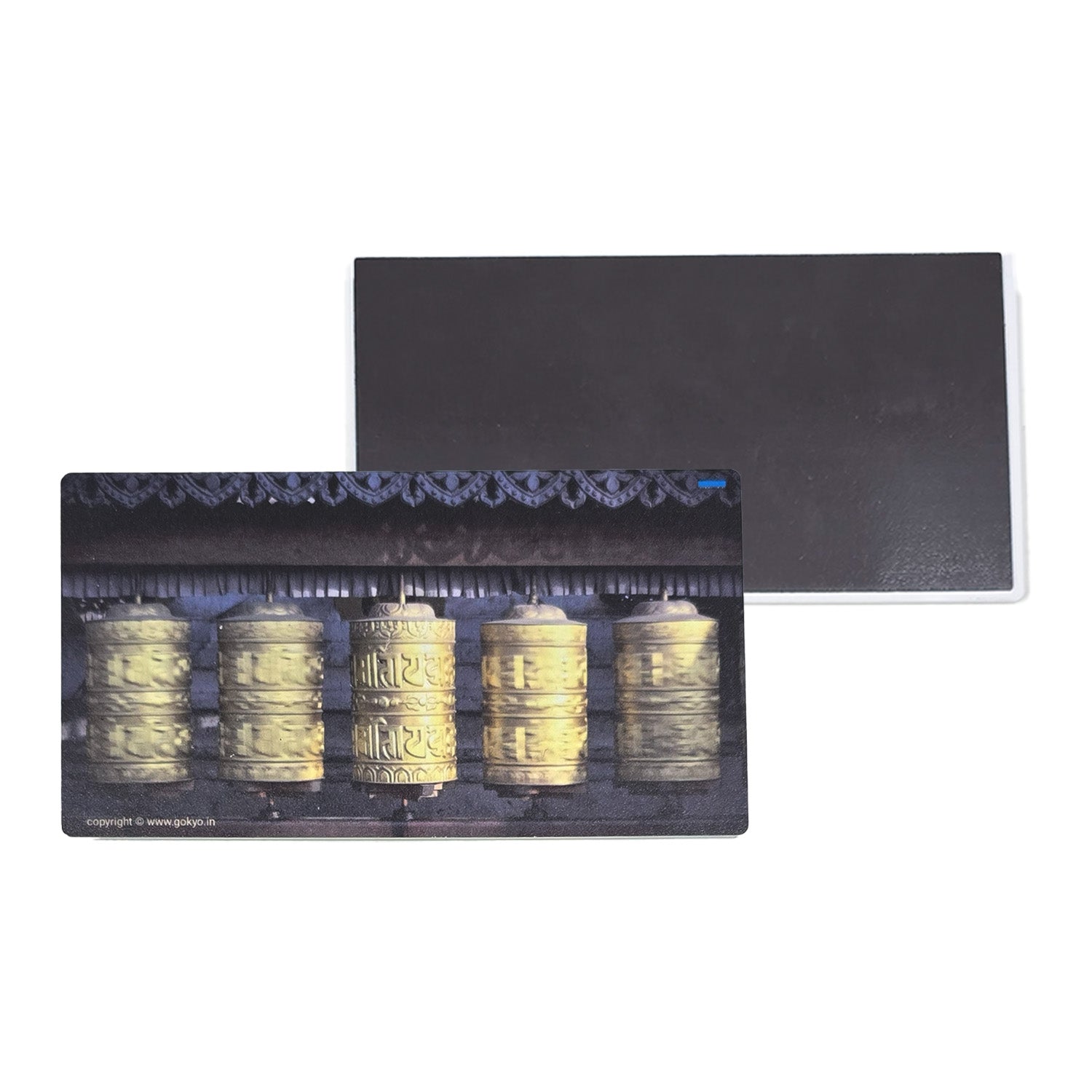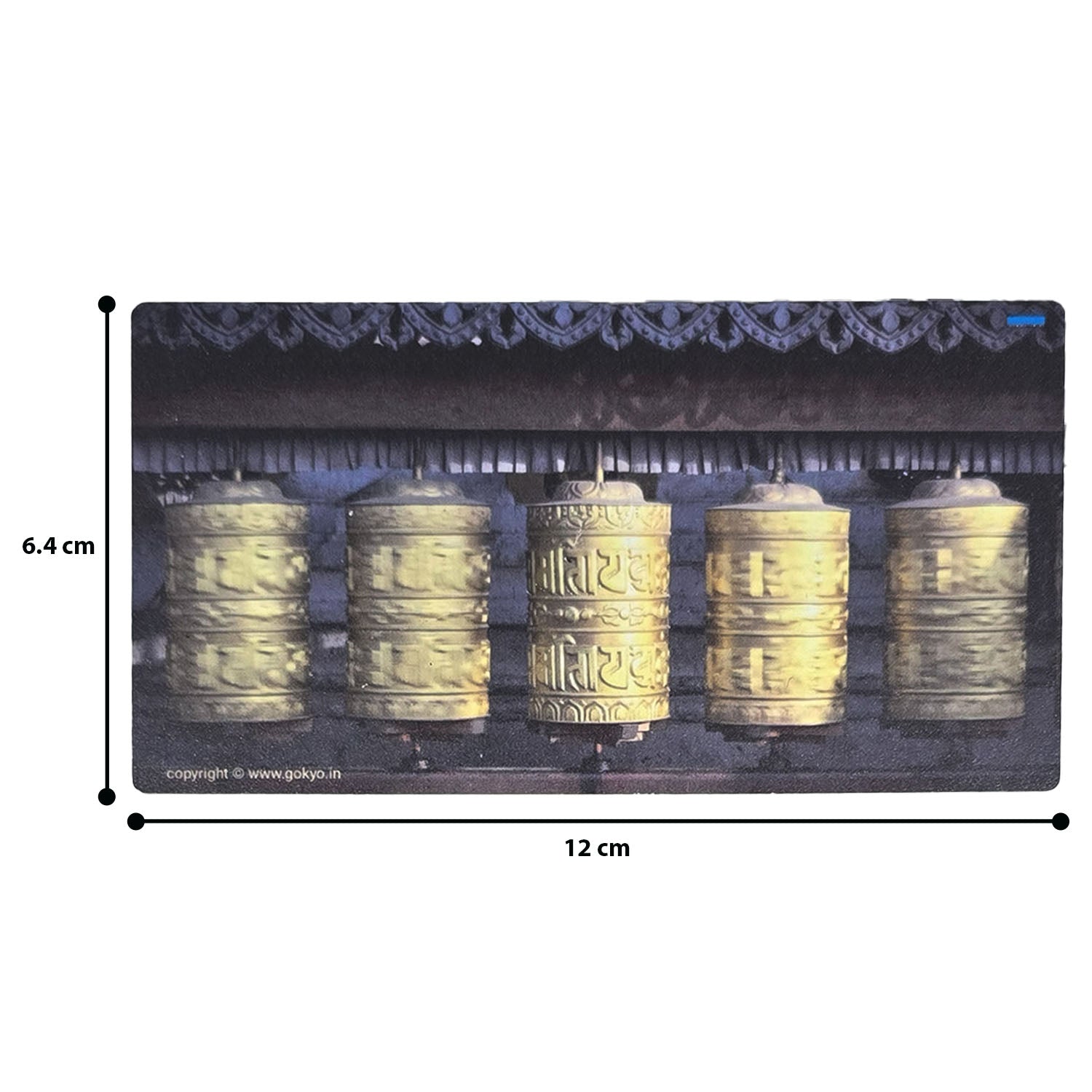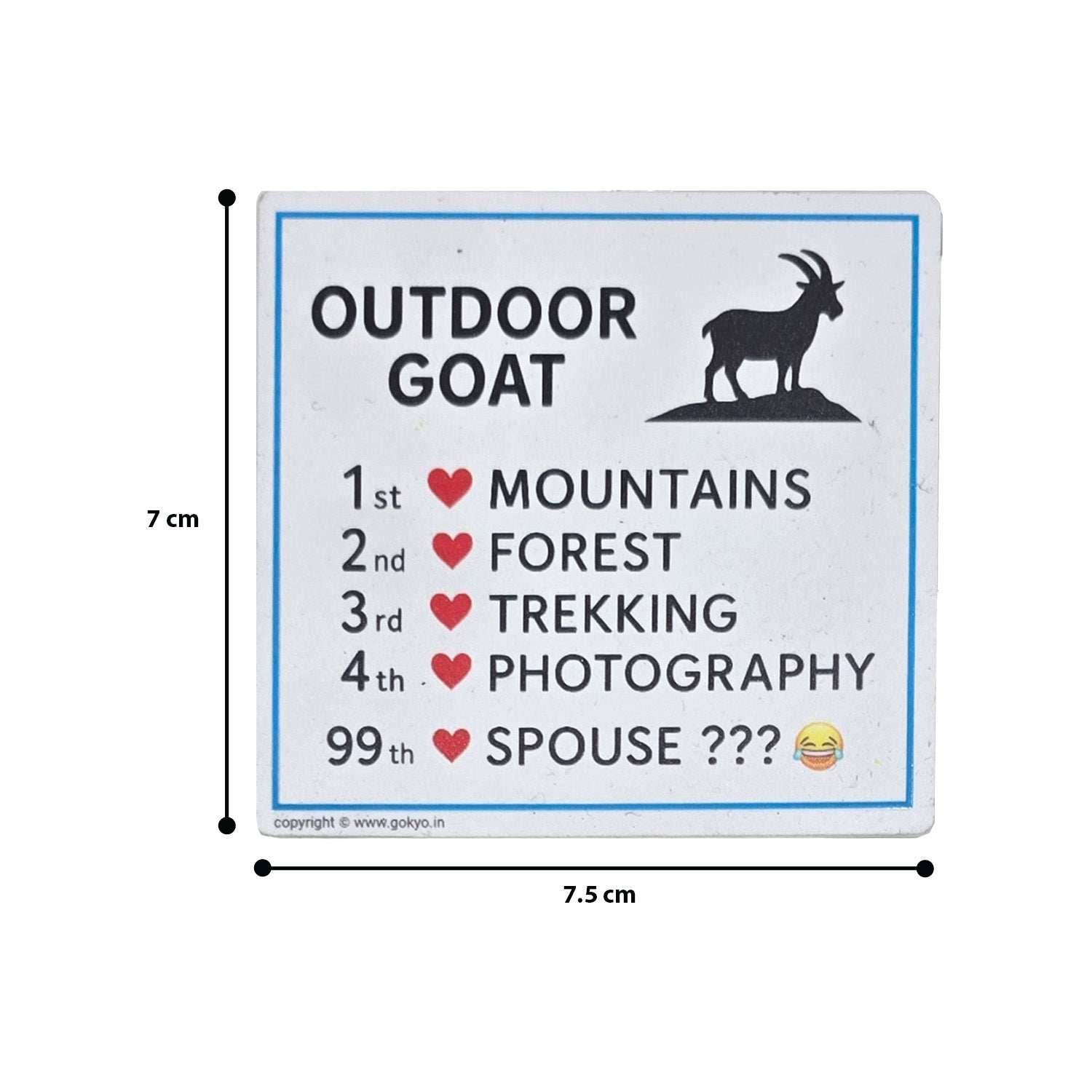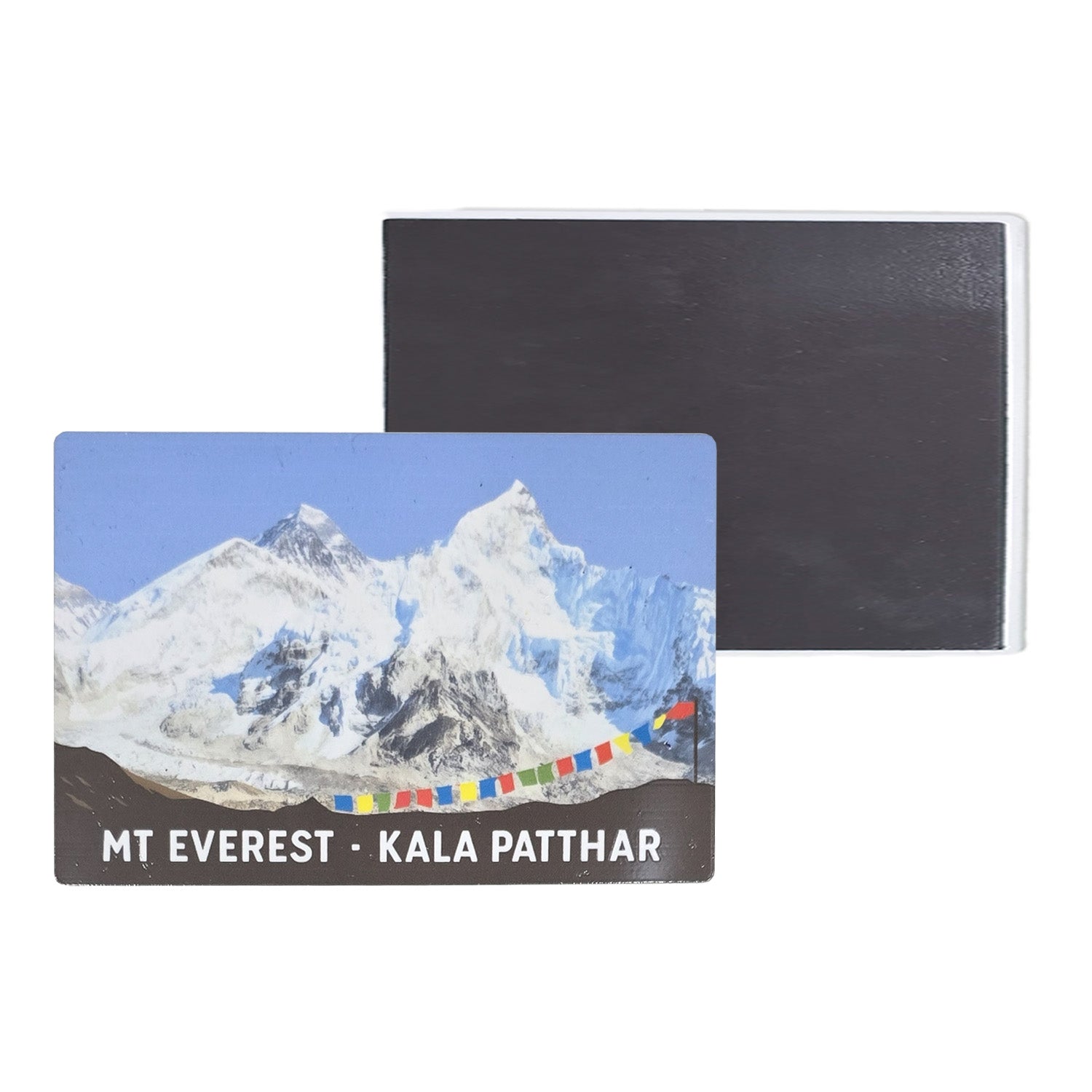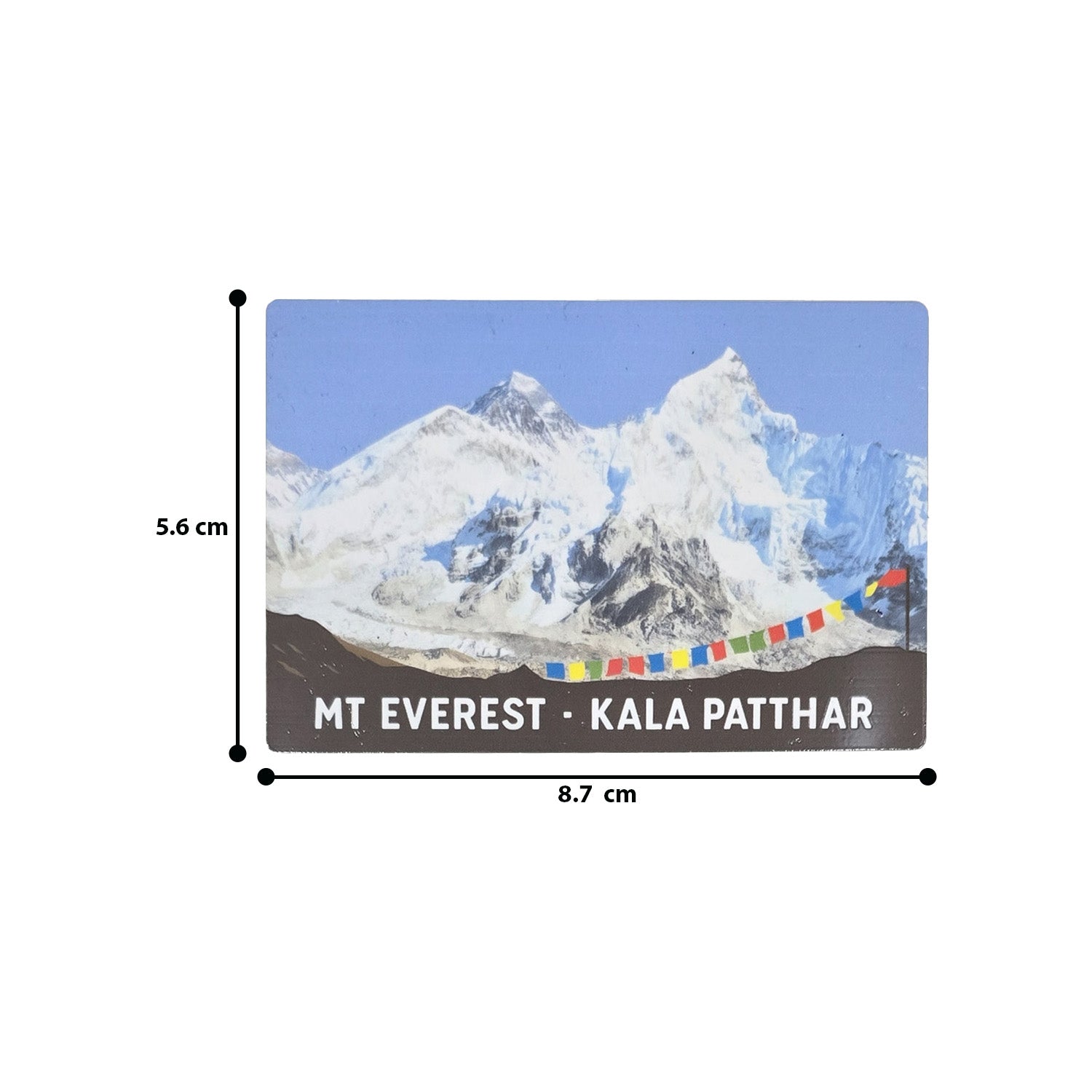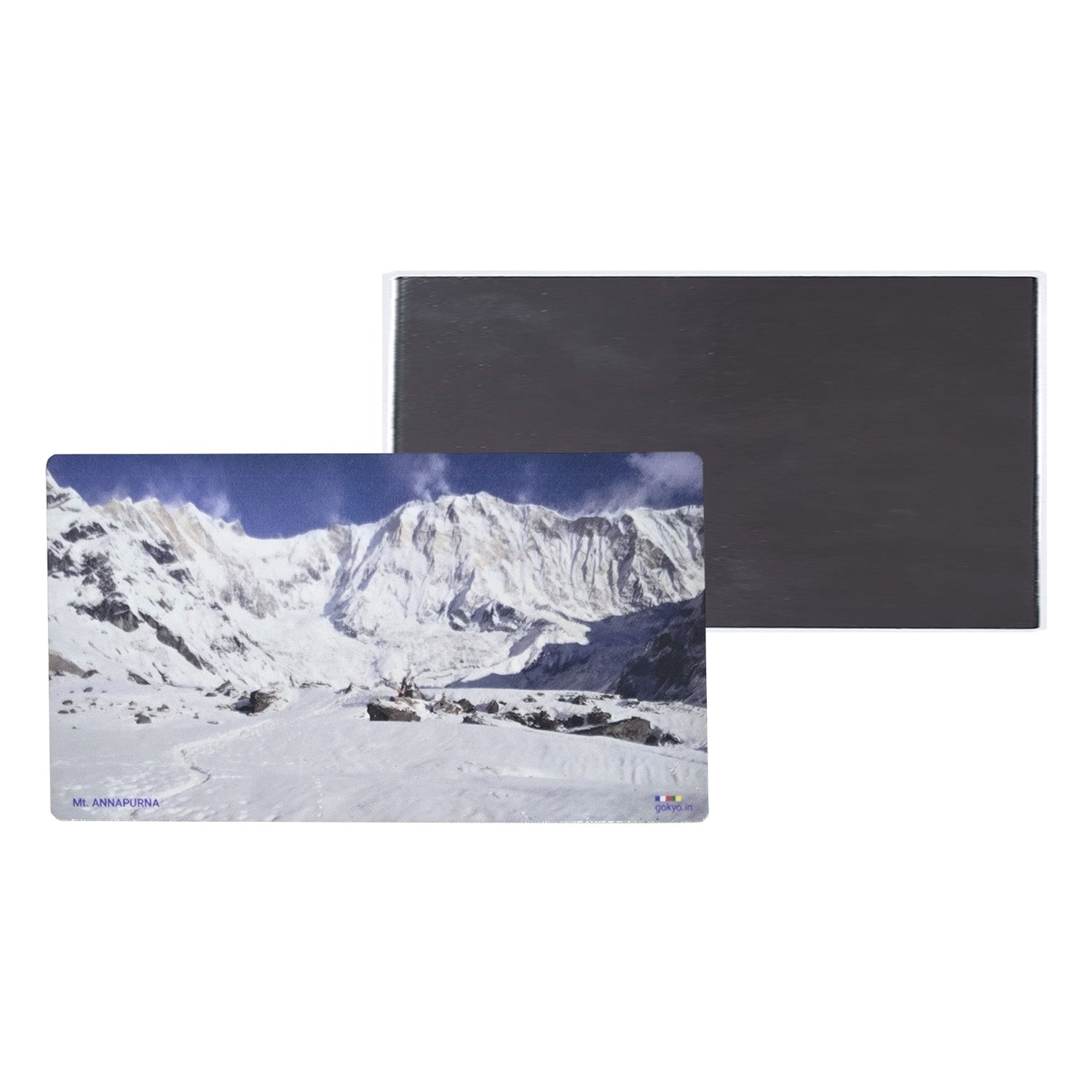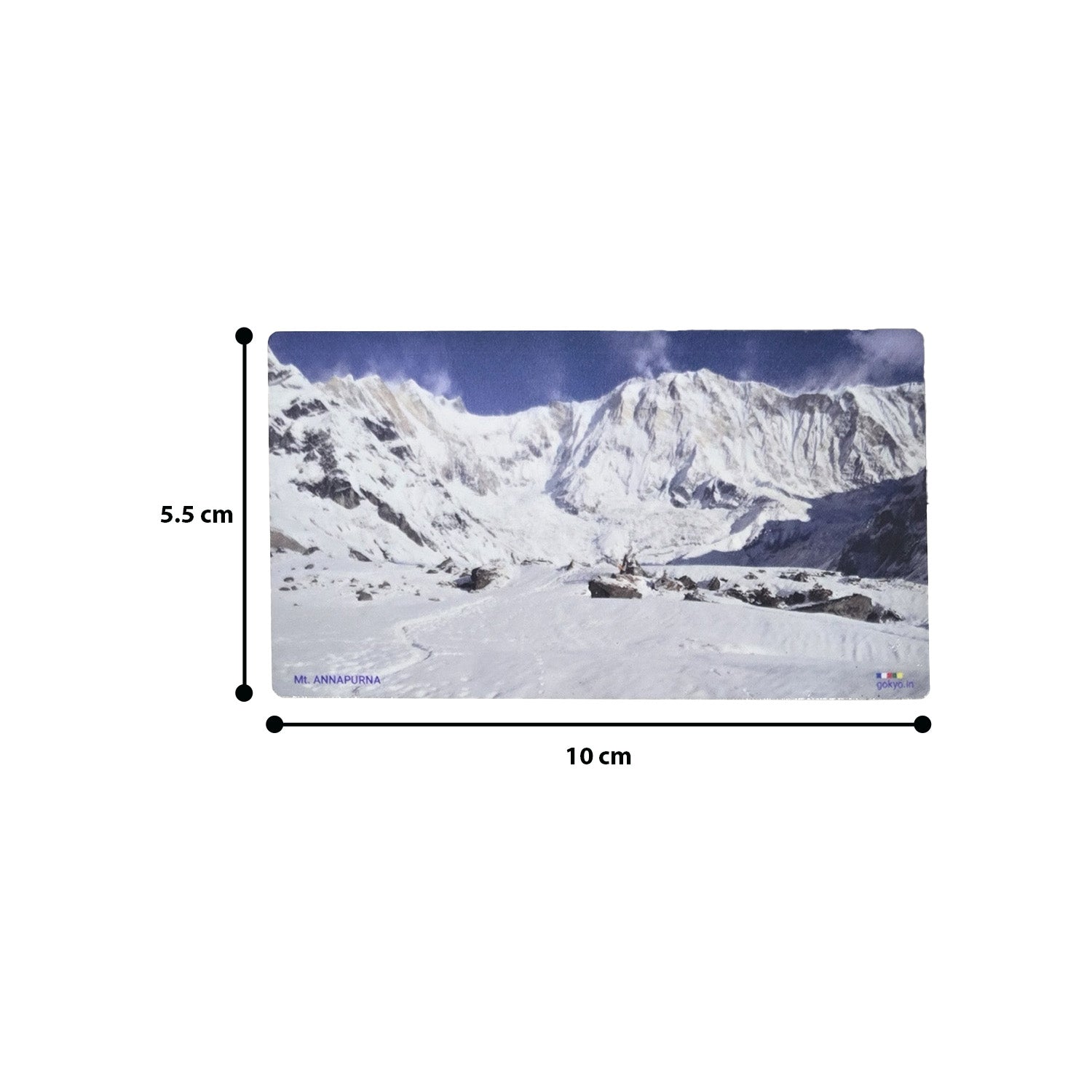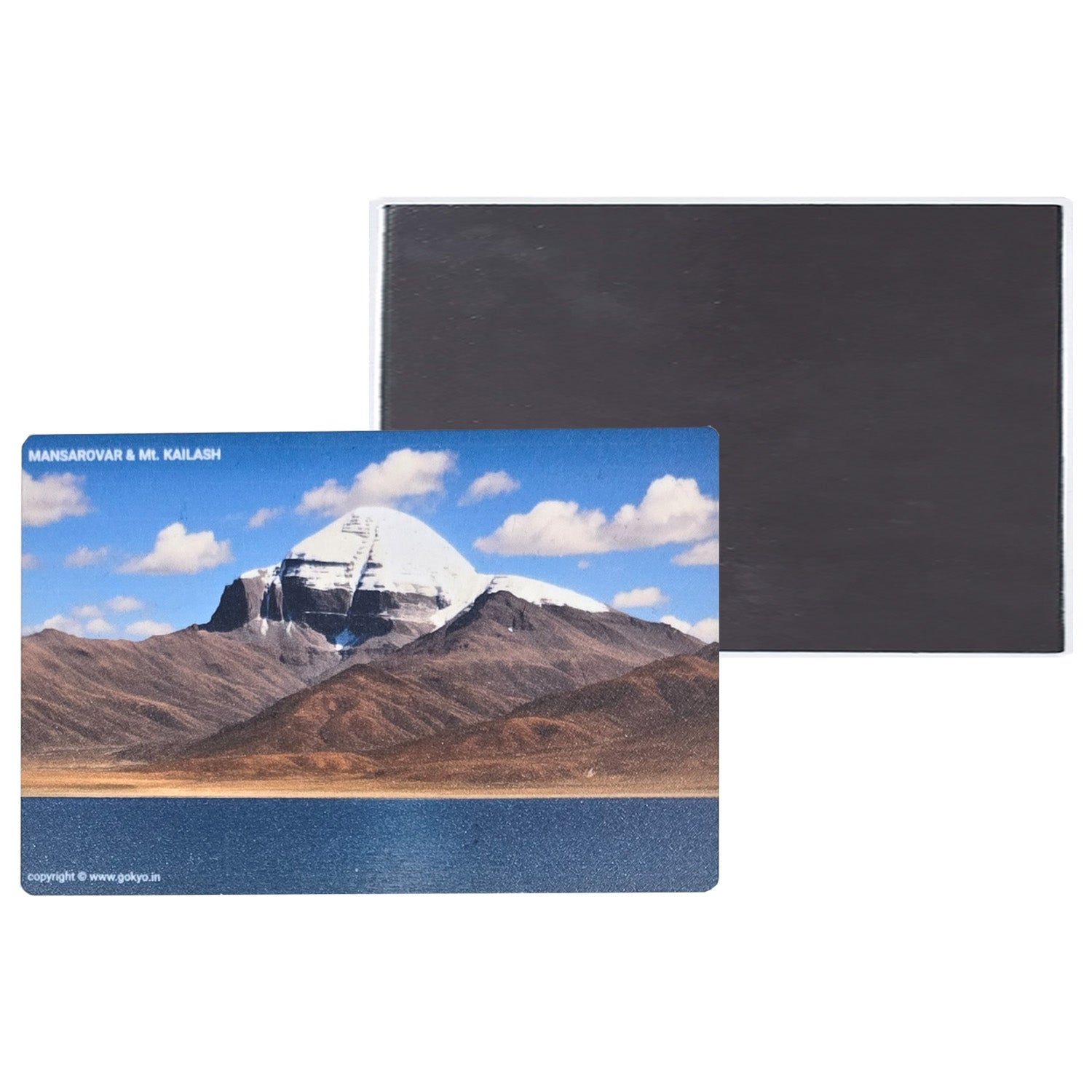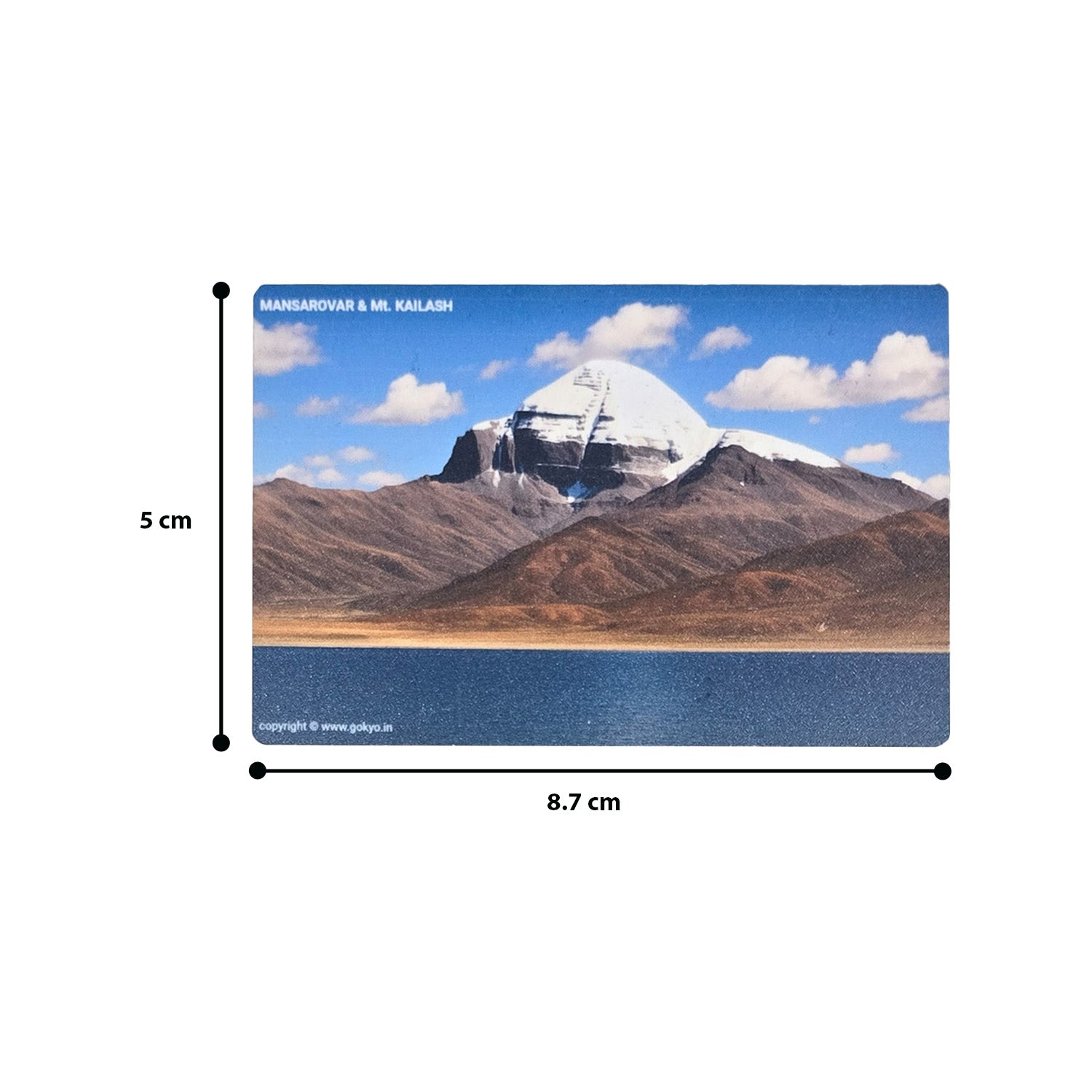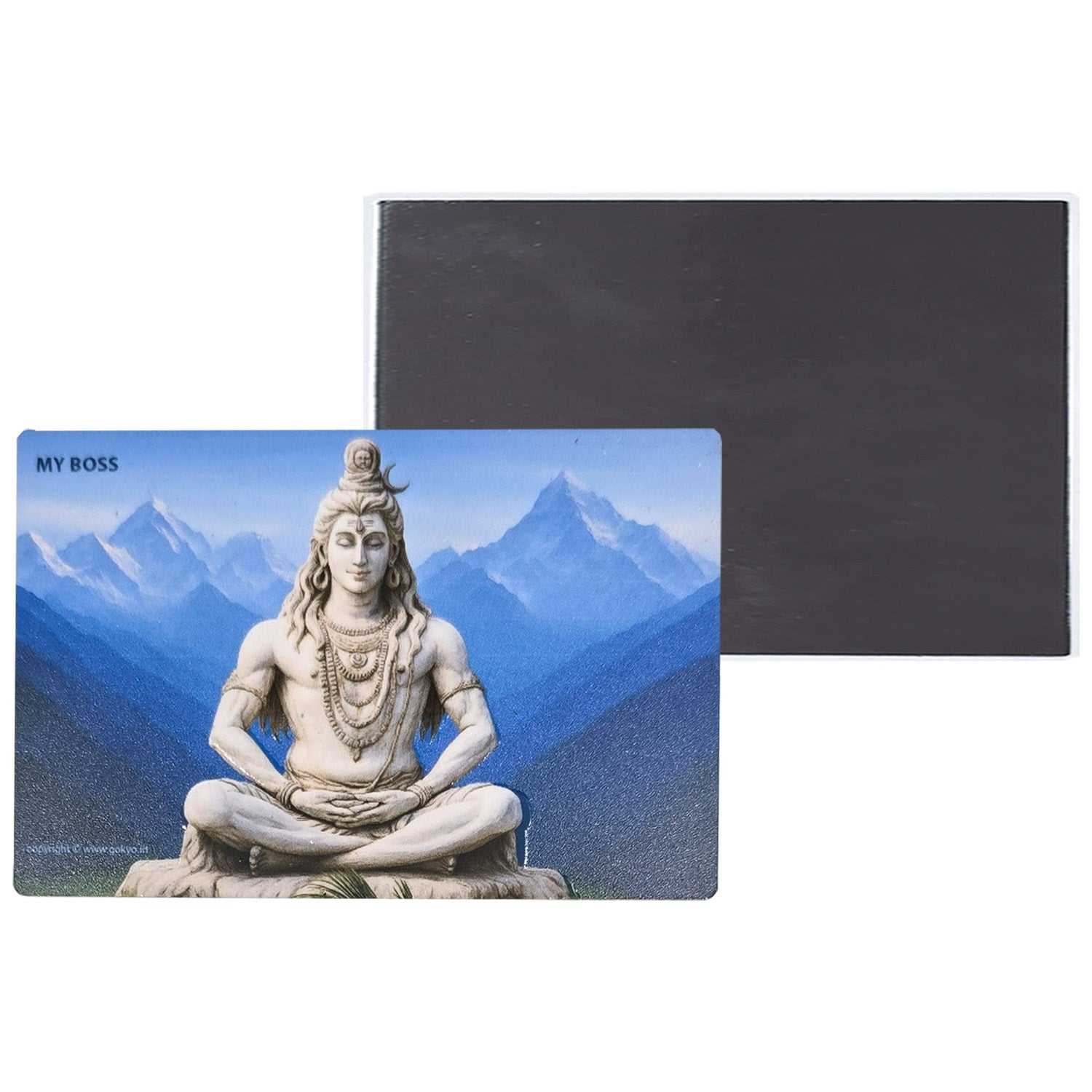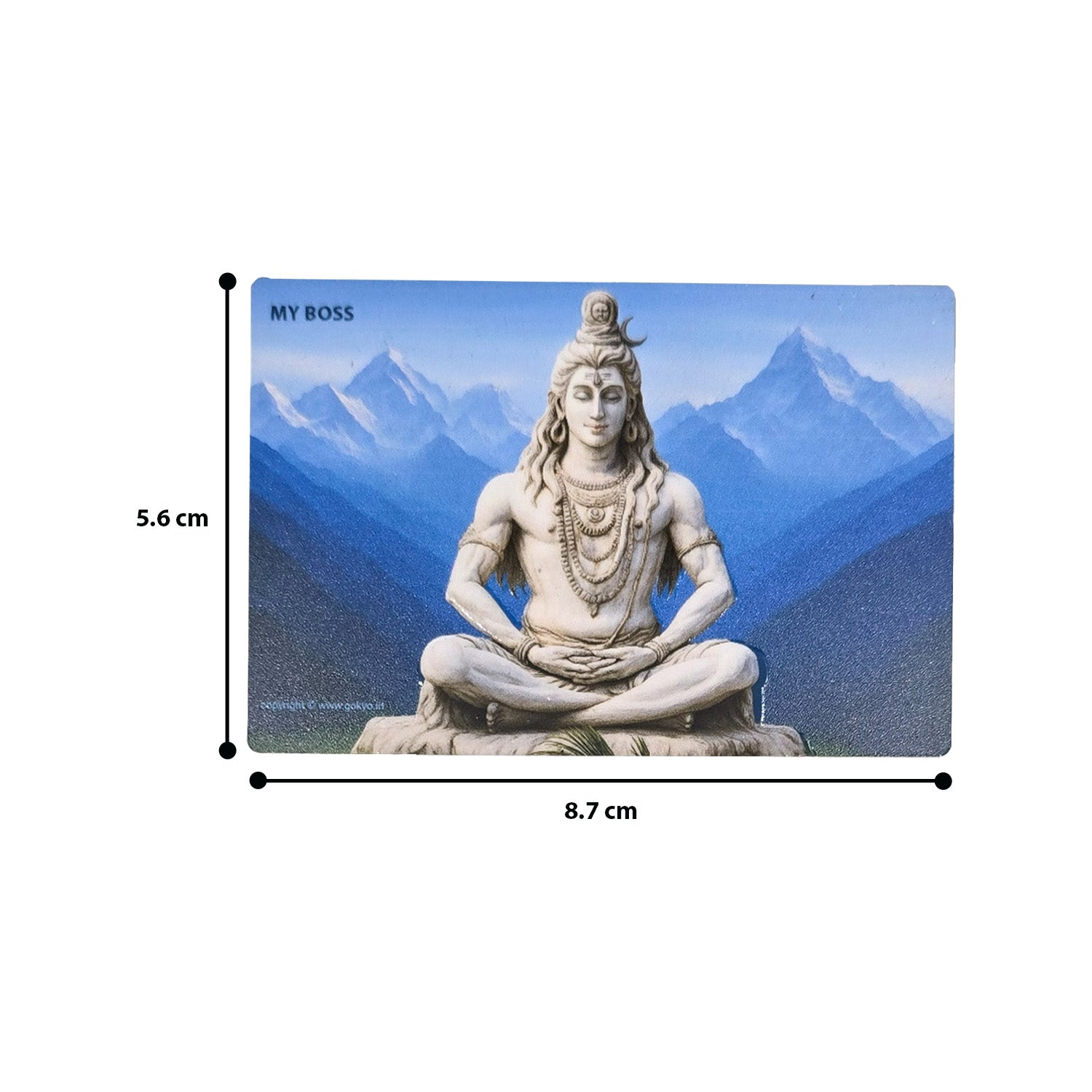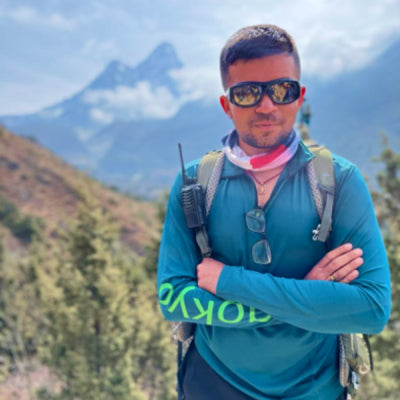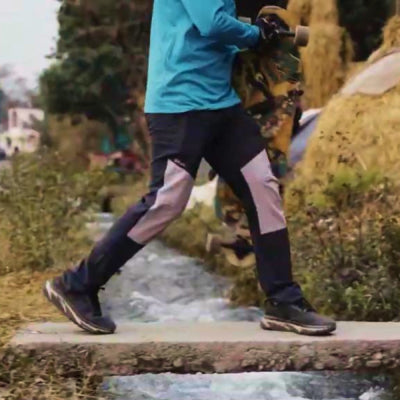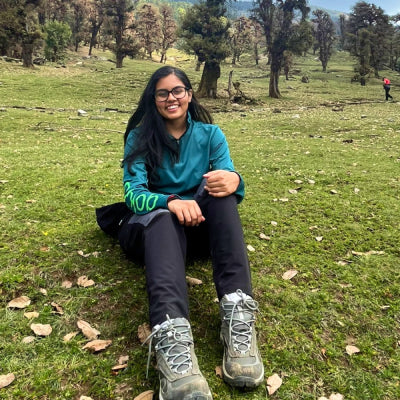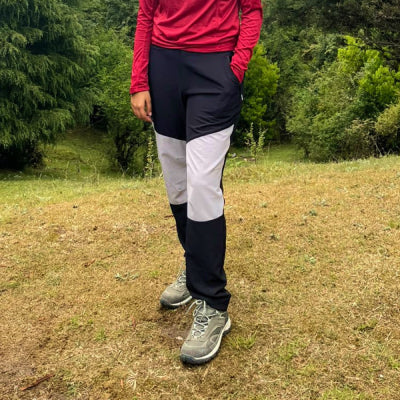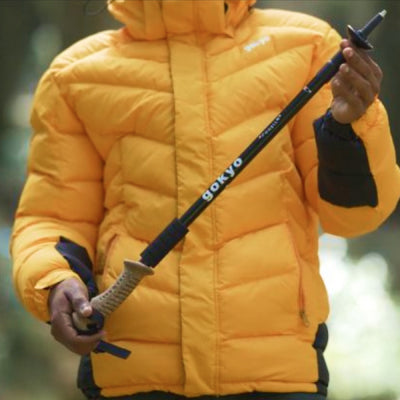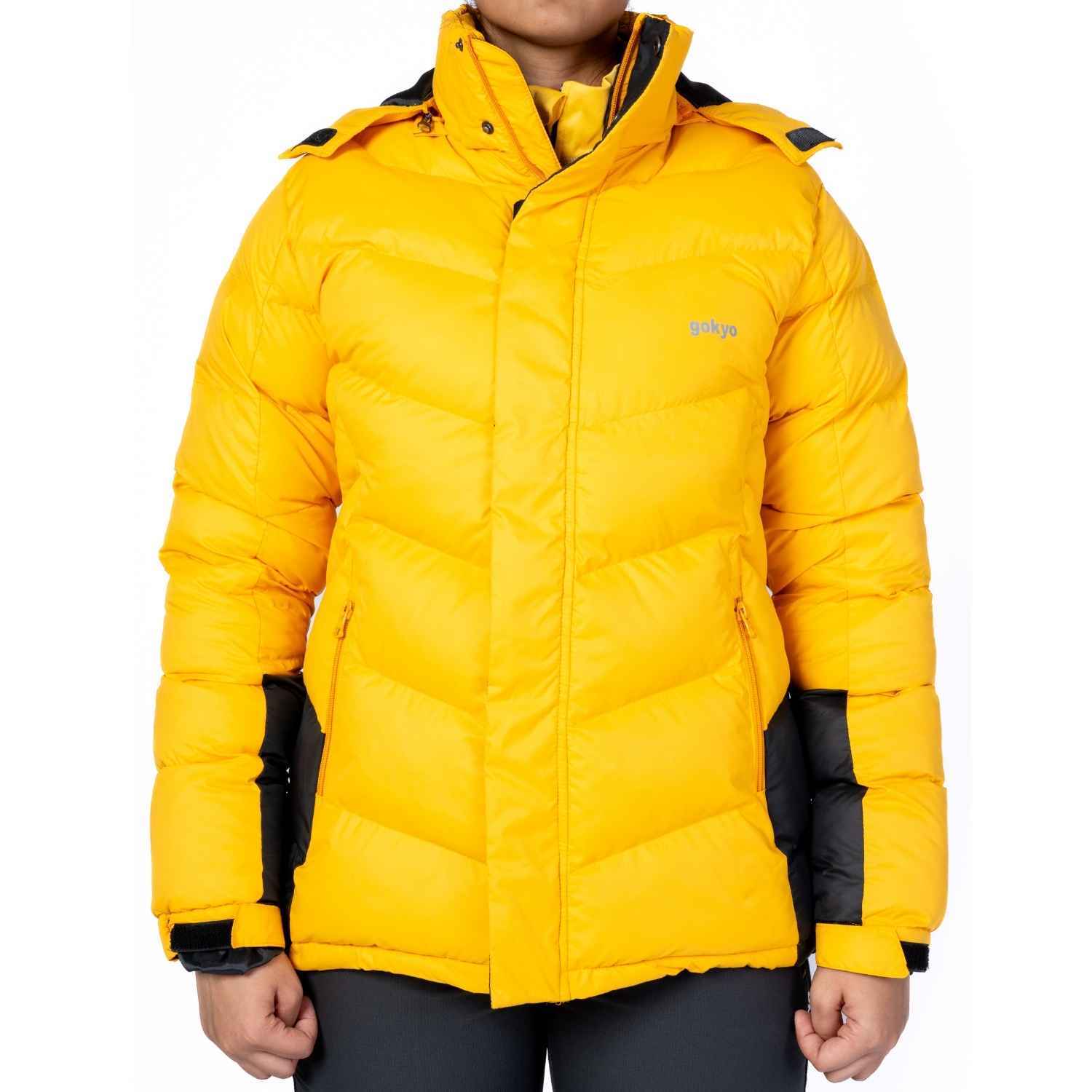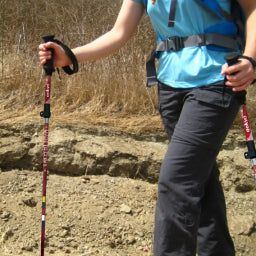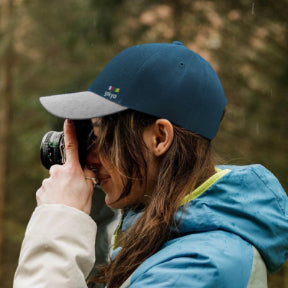Trekking in India vs Nepal: What’s the Difference?
Ask any trekker planning a big mountain trip, and this question will eventually come up: “Should I go to India or Nepal?” And it’s a fair question. Both countries offer Himalayan giants, postcard views, and the kind of altitude that forces you to slow down and pay attention.
But here’s where things get real. The trekking experience in these two countries is not the same. In Nepal, trails often have built-in infrastructure, marked routes, cosy teahouses, and a rhythm shaped by decades of global trekking culture.
Trekking in India vs Nepal: What’s the Difference?
In India, you’ll likely find raw trails, unpredictable logistics, and a more profound sense of solitude. Sometimes that solitude feels inspiring. Other times, it feels like you’re the only one who forgot to pack toilet paper.
This isn’t a “which one is better” kind of debate. What should you expect, who is it best for, and how do you prepare for this kind of conversation? Because what looks similar on a map can feel wildly different when you're shivering at 4,000 metres with a cup of chai in one hand and a wet glove in the other.
Let’s unpack it clearly: terrain, climate, people, pace, price, and practicality. This is what it really means to trek in India vs. Nepal and how to choose what fits your headspace and boots.
Trail Infrastructure and Accessibility
If trekking were a board game, Nepal would be the edition with a clear rulebook, numbered squares, and friendly guides explaining the next move. India would be the hand-drawn version someone sketched on a napkin at a dhaba, less polished, more unpredictable, but full of personality if you're willing to figure it out.
Nepal’s trail infrastructure is well-established. Decades of international trekking have created a system where you can hike for weeks without carrying a tent or stove. Popular treks like Everest Base Camp, Annapurna Circuit, or Langtang have well-marked routes, comfortable teahouse stays, and regular food stops. There’s a thriving guide and porter culture. Most permits are digital, and booking logistics is simple.
India is a different beast. India plays by a different set of rules. Many treks in Himachal, Uttarakhand, Kashmir, or Sikkim are still camp-based and agency-dependent, with limited signage and few fixed shelters. You’ll often need a local guide, your own sleeping setup, and a flexible mindset. Trail markings can be vague. Weather updates may come from a WhatsApp forward or a villager's guess based on cloud shapes.
What This Means for You:
If you want predictability, comfort, and easy solo travel, Nepal gives you freedom with guardrails. India rewards the prepared if you’re okay with some logistical chaos in exchange for solitude and rawness.
If you’re trekking in Nepal, pack light. You’ll likely stay in teahouses, so Gokyo’s Explorer Series is all you need: breathable layers, fast-dry trousers, and a shell that fits in your daypack.
If India’s on the cards, where tents and self-reliance rule, the Sherpa Series is better built for those rugged, longer haul days.
Local Culture and People
If trails are the bones of a trek, the people you meet along the way are the heartbeat. And in this department, India and Nepal feel like cousins with very different social personalities.
In Nepal, interaction with locals is part of the system, especially on established trekking routes. Many families run teahouses, serve trekkers, and speak just enough English to offer food, directions, or a gentle laugh when you mispronounce “dal bhat.” They’re used to trekkers from around the world. Conversations are warm but often brief. The vibe is efficient hospitality, kind, curious, but not intrusive. You’re one of many, but you’re still welcome.
In India, the dynamic is more unpredictable. On popular routes like Kedarkantha or Triund, locals might chat with you, invite you for chai, or ask where you're from every two hours. On remote trails in Kashmir or Zanskar, you might go days without seeing a stranger, only to be welcomed into a shepherd’s hut with salt chai and no common language. Some people might feel shy, others curious, and occasionally, a little guarded, especially in border zones or villages that see few outsiders.
What This Means for You:
In Nepal, expect a smooth, structured cultural experience. Locals are used to the rhythm of trekkers passing through. Depending on the region, people are either more intimate or distant in India. You’ll need to read the room more often, but the pay-off can be unexpectedly memorable.
Food and Stay
Let’s get one thing straight. You don’t go trekking for gourmet meals or luxury bedding. But after walking eight hours uphill with your feet questioning your life choices, a hot plate of food and a decent place to sleep can feel like magic.
In Nepal, the experience is structured and predictable in the best way. Most treks follow the teahouse model, where every stop offers a menu, a bed, and basic creature comforts. You’ll find dal bhat, chow mein, fried rice, momos, tea, and Snickers nowhere. The food is simple but reliable. Rooms come with mattresses, blankets, and communal dining areas often with a central stove. You might get Wi-Fi, solar charging, or a basic hot shower on popular routes if the stars align.
Trekking in India feels like backcountry camping with a team that cooks for you. Food is made fresh by the trek staff, usually dal, rice, roti, sabzi, Maggi, and the occasional treat like jalebi or halwa. But you won’t find permanent lodges or menus. You’ll sleep in tents on roll mats, with a zippered flap separating you from the wild. Toilet tents are standard, but comfort varies based on the season, the support team, and how well you pack.
What This Means for You:
If you want a trail with built-in comfort and meals you can count on, Nepal offers that across most popular routes. If you enjoy the rhythm of campfires, communal cooking, and sleeping under the stars, Indian trails give you a more hands-on, immersive experience. Both work beautifully. It depends on whether you want to stay in a room or build your own tiny home each night.
NOTE: If you’re sleeping in tents at 4,000 metres, your gear matters more than your menu. Gokyo’s Alpine base layers are designed to stay dry, stay warm, and save you from waking up cranky because your inner layer gave up at 2 a.m.
Permits and Pricing
Planning a trek involves wrestling with invisible paperwork and numbers behind the scenes. India and Nepal take very different approaches to this.
In Nepal, the system is clean and centralised. Most treks require one or two official permits. For example, you’ll need a TIMS card and a local area permit to trek to Everest Base Camp. These can be arranged in Kathmandu or online through your trekking agency. The transparent pricing typically falls between INR 1,500 to INR 3,500 per trekker. There are no daily camping costs, since you’ll be staying in teahouses, and accommodation is often paid per night with a standard rate for food.
In India, each state has its own system. Some trails in Himachal require a basic forest entry pass. Others, like those in Uttarakhand or Sikkim, may need Inner Line Permits, Protected Area Permits, or multiple forest department approvals. Many of these must be done offline or through your trek operator. On guided treks, your cost is typically bundled which includes permits, camping gear, food, logistics, everything included. The pricing varies wildly, from INR 6,000 for a short trek to INR 35,000 or more for more extended expeditions.
What This Means for You:
In Nepal, you can budget with confidence, trek semi-independently, and know what you're paying for. In India, you’ll need to trust your organiser and be comfortable with bundled pricing. It's often more expensive per day, but you're also paying for a full outdoor setup that needs to be carried, pitched, and packed up again the next morning.
Climate and Seasons
Often treks can feel like a paradise in the right month and punishment in the wrong one. That’s why understanding seasonal windows in India and Nepal matters more than any fitness app or gear checklist.
Trekking Seasons in Nepal and the Indian Himalayas
Nepal’s Trekking Calendar
Nepal’s trekking seasons are well-defined:
Best Seasons:
-
Spring (March–May): Stable weather, blooming rhododendrons, and clear mountain views.
-
Autumn (mid-September to November): offers crisp air, post-monsoon clarity, and vibrant landscapes, ideal for photography.
Monsoon (June–August): Heavy rains, leech-infested trails (especially at lower elevations), and frequent route disruptions.
Winter (December–February):
-
Lower treks (e.g., Poon Hill, Ghorepani): Cold but manageable; fewer crowds.
- High-altitude treks (e.g., Everest Base Camp, Annapurna Circuit): There is a risk of snow-blocked passes and limited teahouse availability.
India’s Regional Variations
India’s Himalayan climate varies significantly:
Himachal Pradesh & Uttarakhand (Similar to Nepal):
-
Prime Seasons: May–June (pre-monsoon) and September - early November (autumn): optimal weather and visibility.
-
Winter Treks (December–February): Snow-covered trails like Kedarkantha and Brahmatal offer beginner-friendly snow experiences without technical risks.
Monsoon (July–August) Exceptions:
-
Ladakh & Kashmir (Rain-Shadow Zones): Remain dry while the rest of the Himalayas face heavy rains.
Note: Ladakh is arid year-round, but Kashmir’s high-altitude treks (e.g., Great Lakes) may see sporadic rain.
What This Means for You:
Nepal gives you a neat and dependable seasonal structure. You can plan months in advance and trust the weather windows. In India, it depends entirely on where you’re going. The trade-off is more flexibility, but also more research. One region’s dry spell might be another’s downpour. You’ll need to check micro-climates, altitude, and trail accessibility like you’re decoding a travel puzzle.
Group Experience and Solo Vibes
The kind of people you trek with, or bump into along the trail, can shape your experience as much as the landscape. Regarding the social side of trekking, India and Nepal each move to a different rhythm.
In Nepal, solo trekking is common and well-supported. You’ll often find travellers walking alone but never far from company if they want it. The classic teahouse setup creates a natural flow of interaction. You can hike at your pace, join others at meal stops, and build casual trail friendships along the way. The atmosphere is low-pressure and multicultural, with space for introverts and extroverts alike.
In India, the experience leans more toward group-led exploration. Most treks, especially in Himachal, Uttarakhand, and Sikkim, are designed for organised teams. These usually involve small batches of 8 to 15 people, led by experienced local staff. There are no teahouses, so the group becomes your safety net, social circle, and logistics crew. The vibe is often lively, with shared chai breaks, stories over camp meals, and a strong sense of moving together.
That doesn’t mean solo trekking is impossible in India. It is less common and only advisable on well-known trails where local guides or support systems are readily available. Being in a group helps with navigation, permits, and weather unpredictability on remote routes.
What This Means for You:
Nepal offers social flexibility, where you can go solo or blend into the crowd without much effort. India provides a collective journey, where support and bonding often come built into the experience. If you enjoy moving together, sharing effort, and swapping trail stories with familiar faces, the Indian format might feel surprisingly rewarding.
What This Means for You:
If you’re a lone wolf who likes optional socialising, Nepal’s your jam. Walk silently all day, then swap stories over momos with randos at dinner. Freedom level: Tibetan prayer flags in the wind.
If you thrive on energy, India’s your vibe. Bond over shared misery, triumph, and that one person who packed way too many Indian snacks. Just pray your group doesn’t include the guy who won’t stop talking about his JOURNEY of self-discovery, or you know what, even this is a memorable chat when you share a common goal. Confide and be confided in!
NOTE: If you're trekking solo in Nepal, keep your load light and your layers smarter. The Explorer Series is perfect for this—it packs down small, dries fast, and doesn’t ask much of your backpack. You’ll want flexibility when you're navigating teahouses and switchbacks on your own terms.
In India, where most treks lean on group logistics, the Sherpa Series holds its own. Built for longer days and team-supported movement, it gives you warmth and utility without the bulk. Think zippered mid-layers, reinforced pants, and pockets that actually do something useful.
So, Which One Should You Choose?
Both India and Nepal offer Himalayan treks that can change how you see the world, or at the very least, how you pack your backpack. The difference lies in how much structure, support, and spontaneity you want in the process.
Choose Nepal if you want a well-marked trail, the comfort of teahouses, and the freedom to walk at your own pace without thinking too hard about logistics. The system is built to support independent trekkers. It’s ideal if you're flying in, want to join a global community of hikers, and value the ease of stepping into a long-distance trek without carrying your home on your back.
Choose India if you’re looking for something more rugged, raw, and rooted in the experience of being out in the wild. Treks here are often slower, less polished, and more intimate. If you're okay with tents, team meals, and the occasional type-two fun, you might find that India's treks leave a more profound personal imprint.
Neither is better. They’re just different ways to explore the same mountains.
Conclusion: The Trail Chooses You Back
The Himalayas don’t care which side of the border you start from. What matters is how you show up. Whether you’re sipping salt tea in a shepherd’s hut in Zanskar or eating apple pie at 3,000 metres in Nepal, the mountain will ask you the same questions.
Can you keep going? Can you stay present? Are you ready to be uncomfortable in the best possible way?
Choose the trail that suits your headspace. The one that fits your pace, your people, your kind of hard. And let that first step decide the rest.
Walk the Talk, Pack Like You Mean It
We don’t care whether you're walking through pine forests in Uttarakhand or crossing suspension bridges in the Khumbu. What matters is that you’ve chosen to step outside your comfort zone. That’s the mindset we design for.
Our gear is built for the kind of traveller who knows that socks matter, layers are earned, and nothing ruins a summit like a broken zip or wet base layer. Whether you're camping on a windy ridge or sharing tea in a stone hut, we make gear that works with the trail, not against it.
So if you’re planning your first trek in India or Nepal, start with clarity and pack with purpose.
Explore Gokyo’s trail-tested essentials and gear up for wherever your first step takes you.




